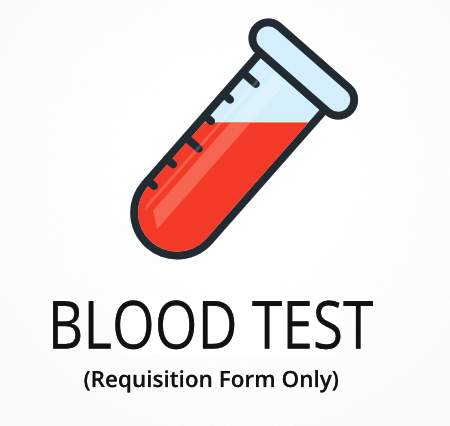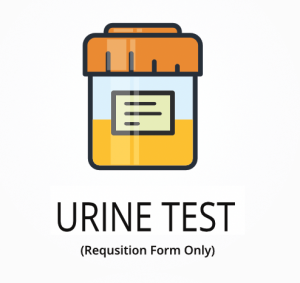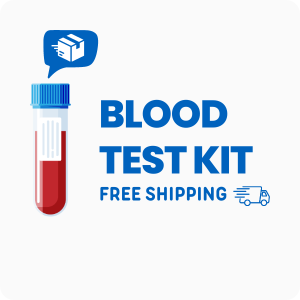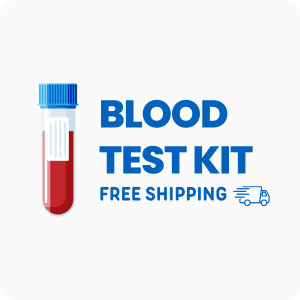Ordering the Iron/TIBC Test
Ordering the Iron/TIBC Test can help assess your body’s iron levels and its ability to transport iron. This test measures both the amount of iron in your blood and the capacity of your blood to bind iron with transferrin, a protein that carries iron in the bloodstream. Interestingly, this test can also provide insights into your liver function, as the liver produces transferrin.
When you order this test, you can expect the following benefits:
- Evaluate iron deficiency or overload.
- Monitor conditions like anemia or hemochromatosis.
- Assess nutritional status related to iron.
- Help diagnose chronic diseases affecting iron levels.
- Guide treatment plans for iron-related disorders.
Who Should Consider the Test
People experiencing fatigue, weakness, or pale skin might find this test beneficial. For example, someone who feels unusually tired despite getting enough sleep might want to explore if iron levels are a contributing factor.
Consider ordering this test if you experience:
- Unexplained fatigue or weakness.
- Frequent headaches or dizziness.
- Cold hands and feet.
- Restless leg syndrome.
- Unusual cravings for non-food items, which can be linked to iron deficiency.
Checking your iron levels can help identify specific issues like iron deficiency anemia or iron overload, which can affect your energy and overall function. Delaying this test might lead to prolonged symptoms or complications related to untreated iron imbalances.
How to Prepare for the Test
Fasting for 12 hours is required before taking the Iron/TIBC Test. It’s important to follow any instructions from your healthcare provider to ensure the test results are as accurate as possible.
Labs Included When Ordering Your Iron/TIBC Test
| Test Name | Reference Range | Significance | Low and High Levels of Iron/TIBC |
|---|---|---|---|
| Iron | 50-170 | Iron is crucial for making hemoglobin, which carries oxygen in the blood. It helps in energy production and immune function. | High levels mean potential iron overload or liver disease.
Low levels mean possible iron deficiency or chronic blood loss. |
| Total Iron Binding Capacity | 240-450 | TIBC measures the blood’s capacity to bind iron with transferrin. It helps evaluate iron metabolism and storage. | High levels mean potential iron deficiency.
Low levels mean possible iron overload or malnutrition. |
Reference ranges may differ. Visit the Quest Diagnostics lab test directory for the latest values.
Iron/TIBC FAQ
Is there Iron/TIBC testing near me?
To find nearby locations for Iron/TIBC testing, use the patient service center locator. If you experience fatigue or weakness, a conveniently located testing site can make sample collection easier and more accessible.
What is the cost of the test?
The cost of the test includes all fees, such as sample collection at patient service center locations. It’s worth ordering to address potential iron imbalances that could affect your energy levels.
How often should I retest?
Retesting every 3 to 6 months is recommended to monitor changes in iron levels, especially if you have a condition affecting iron metabolism. Regular testing helps track treatment effectiveness and adjust plans as needed.
How accurate is the test?
The Iron/TIBC Test uses spectrophotometry to measure iron levels and binding capacity, ensuring precise results. TrueHealthLabs.com partners with CLIA-certified laboratories to uphold rigorous testing standards for dependable results.
Medical Review Board
Reviewed by Jeff Donohue M.D. from Body Logic and Brady Hurst DC, CCCN. Written by True Health Lab’s team of editorial health contributors.
Disclaimer: This information is for educational purposes only and not intended as medical advice. Consult your healthcare provider for personalized guidance.
Why Customers Trust True Health Labs - What People are saying
Also rated 4.6 out of 5 based on 3452 ShopperApproved reviews- See all TrueHealthLabs.com reviews.








